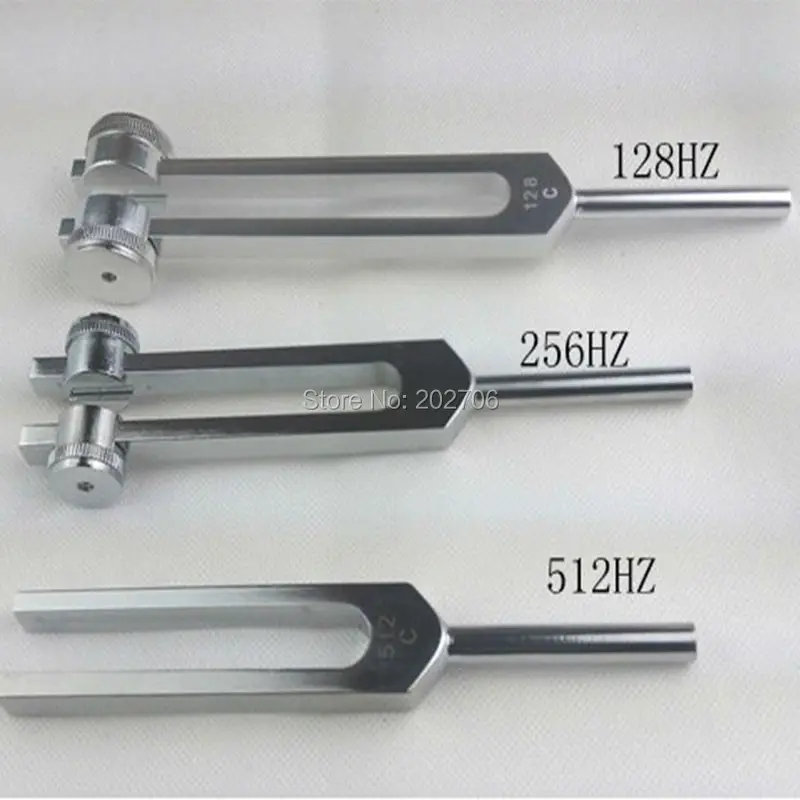
6 Positive likelihood ratios higher than 10 are a strong shift in the probability of a fracture, whereas a negative likelihood ratio less than 0.1 is a strong shift in the probable absence of a fracture. These ratios give the clinician insight into how the probability shifts for suspected fractures. As such, the authors of the systematic review recalculated the data and reported that the positive likelihood ratio ranged from 1.1 to 16.5 and the negative likelihood ratio ranged from 0.09 to 0.49. 4ĭue to the publication policies of the British Medical Journal, we were able to investigate the reviewers' comments, which suggested that some of the reported likelihood ratios were inaccurately calculated. 5 Thus, tuning-fork tests should not be used in clinical practice if the clinician is attempting to rule in a fracture. Pain can occur in patients without fractures, resulting in low specificity and the method being described as not reliable. The data reflect a wide range of specificity, resulting in a high proportion of false-positive test results. Based on these results, 75% to 92% of evaluations using tuning-fork tests completed on similar populations will accurately detect the presence of a fracture, whereas 18% to 94% of evaluations using tuning-fork tests will accurately detect the absence of a fracture. The 6 articles included in the review demonstrated high sensitivity, or the ability to rule out a fracture, with a range of 75% to 92% however, there was a much wider range from 18% to 94% for specificity, or the ability to rule in a fracture. In this systematic review, Mugunthan et al 4 evaluated the accuracy of tuning-fork tests in clinical practice for diagnosing fractures. However, it has been suggested that a positive tuning-fork test is demonstrated either by way of increased pain from placing the vibrating tuning fork over the fracture site or by an audible decrease in sound conduction (detected via stethoscope) when placing the vibrating tuning fork over a bony prominence distal to the fracture site and comparing it with the healthy limb. Standard practice and training in using tuning forks for clinical practice are lacking.

Tuning forks may be a cost-effective screening tool for practitioners examining patients with suspected fractures. 1 The current reference standard for diagnosing fractures is magnetic resonance imaging, radiography, or bone scan. The increased costs of imaging have demonstrated a need for a cost-effective and reproducible method or tool that would aid athletic trainers in the physical examination of suspected fractures in clinical practice. When performing a diagnostic test, it is important for athletic trainers to understand the diagnostic accuracy of the test to help rationalize either ruling in or ruling out a specific condition.


 0 kommentar(er)
0 kommentar(er)
